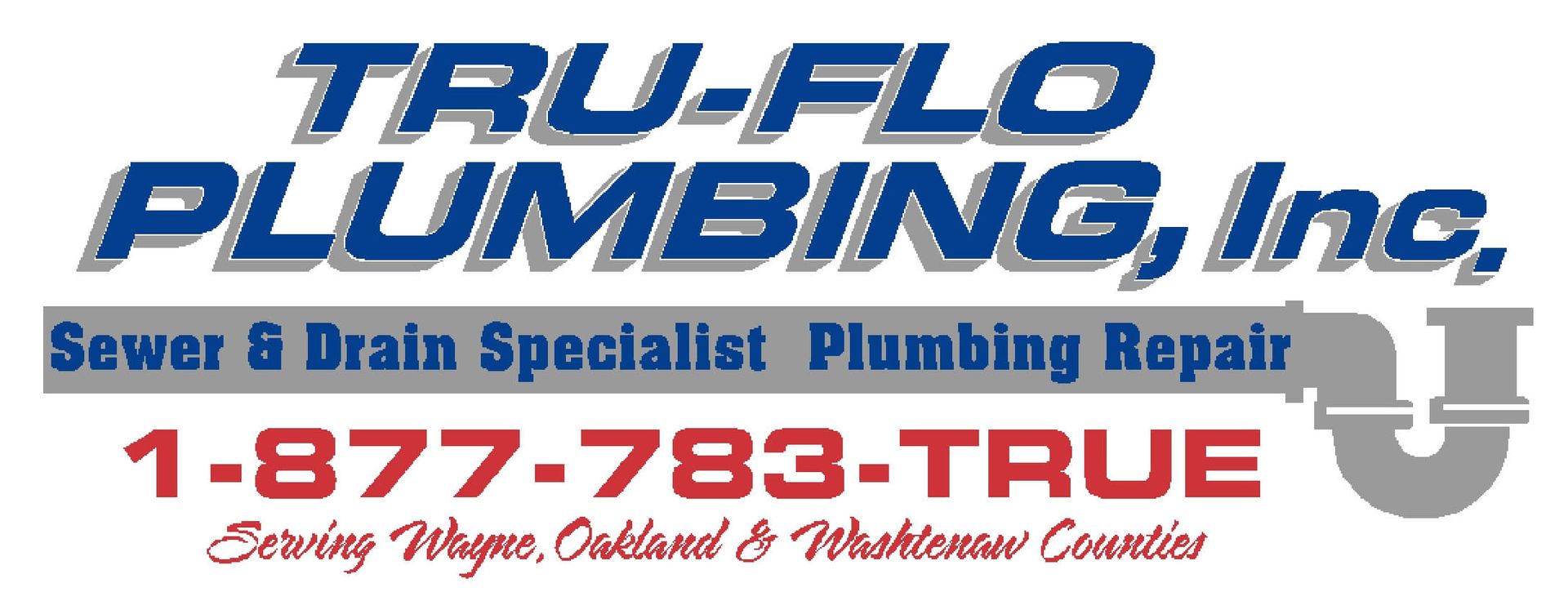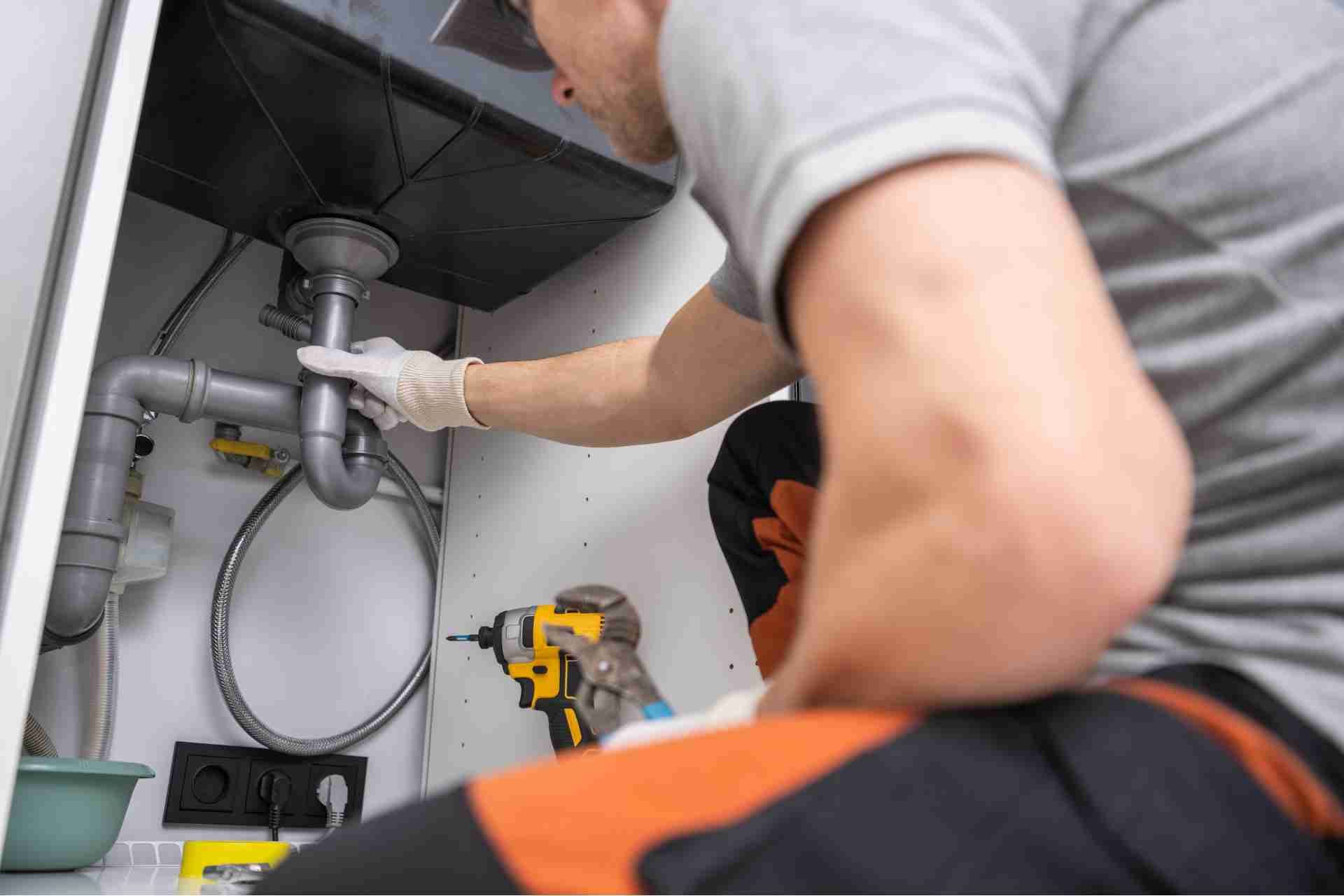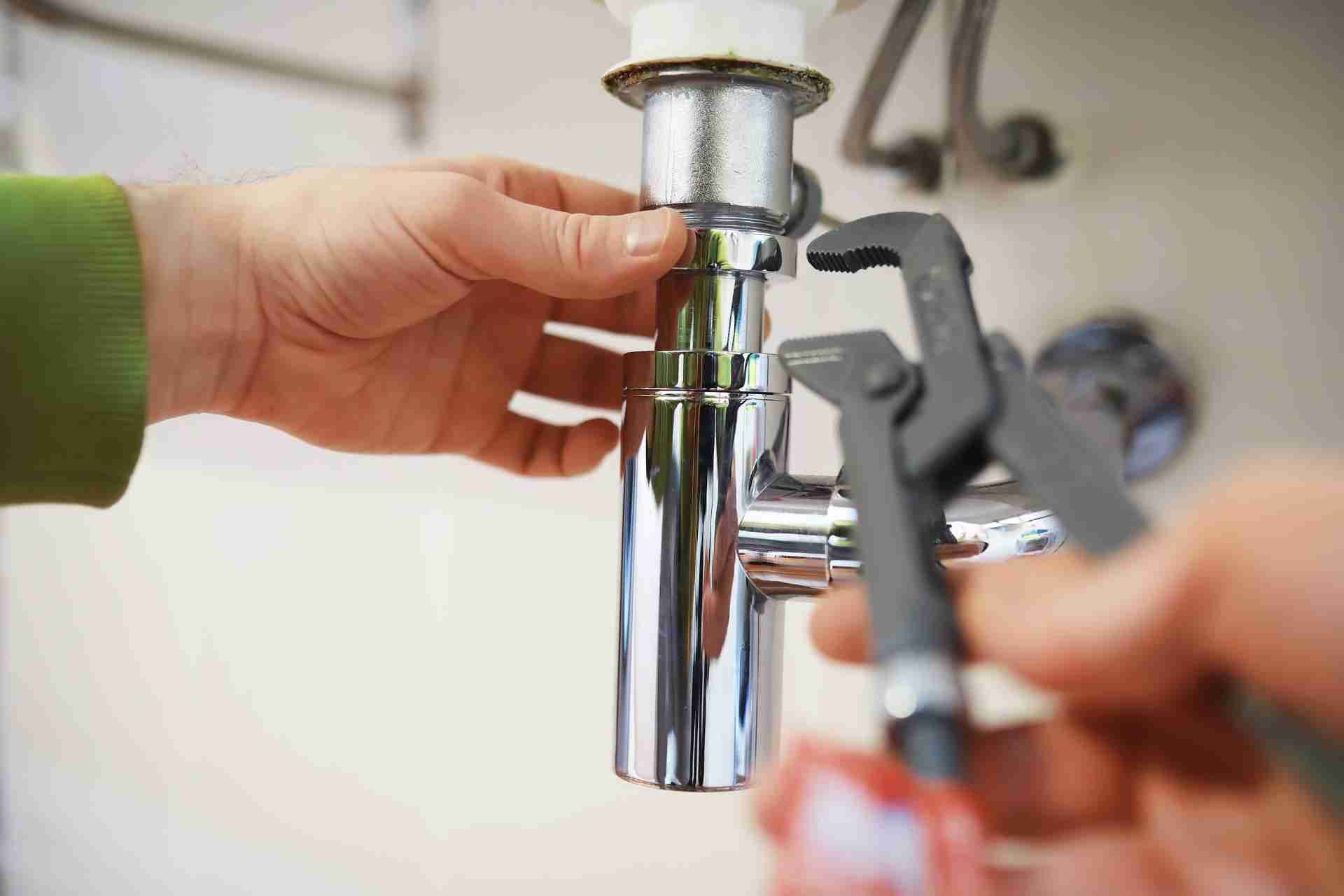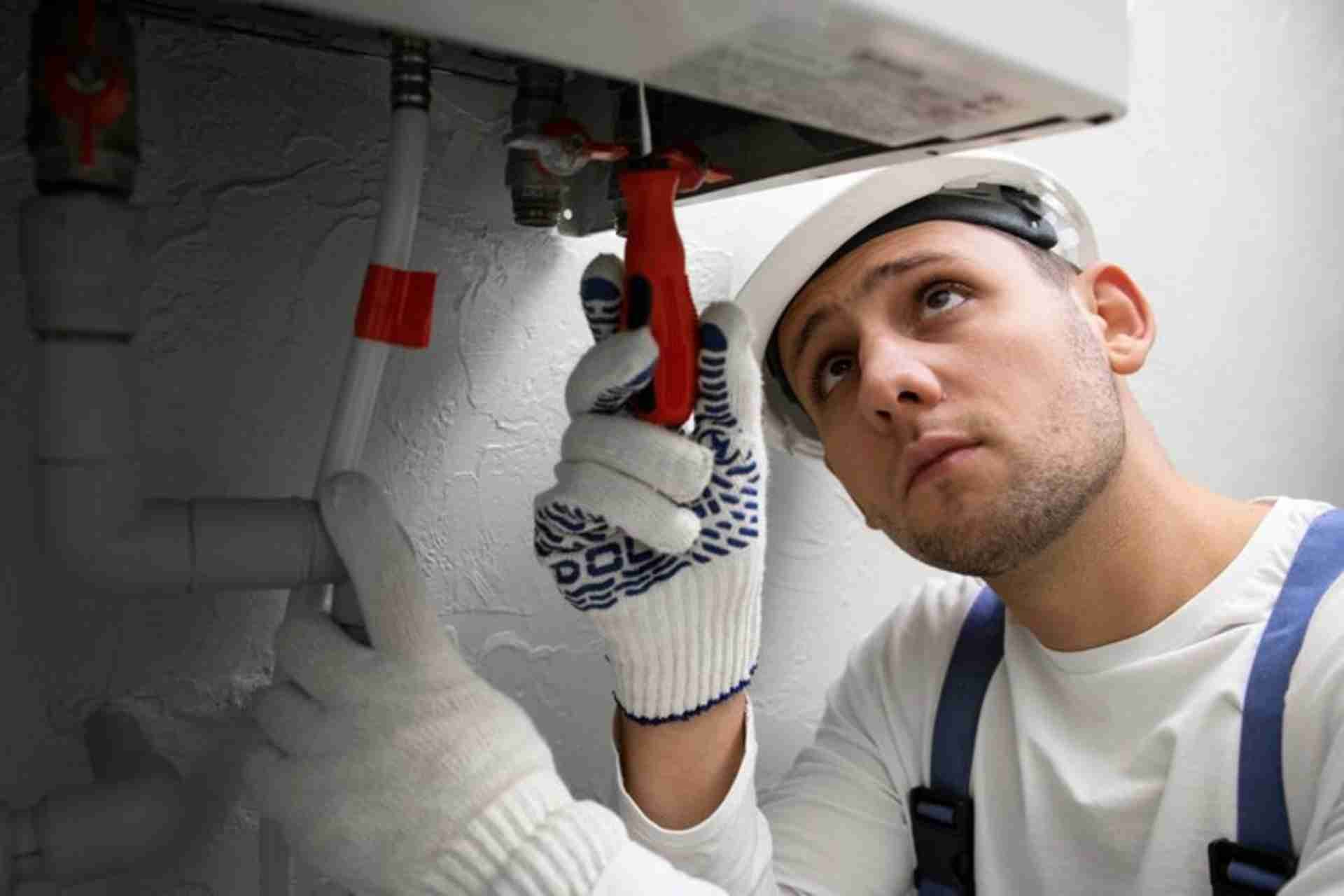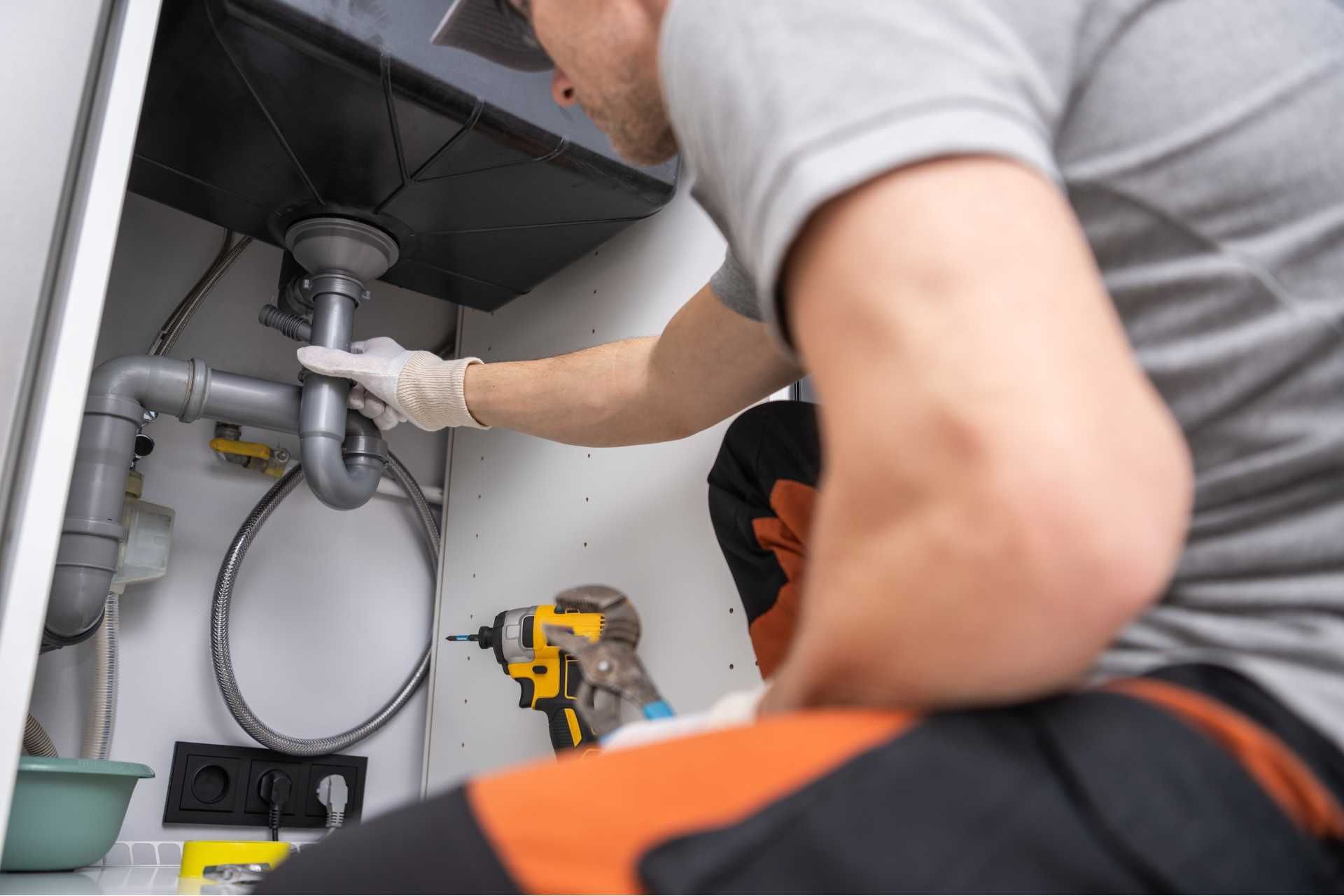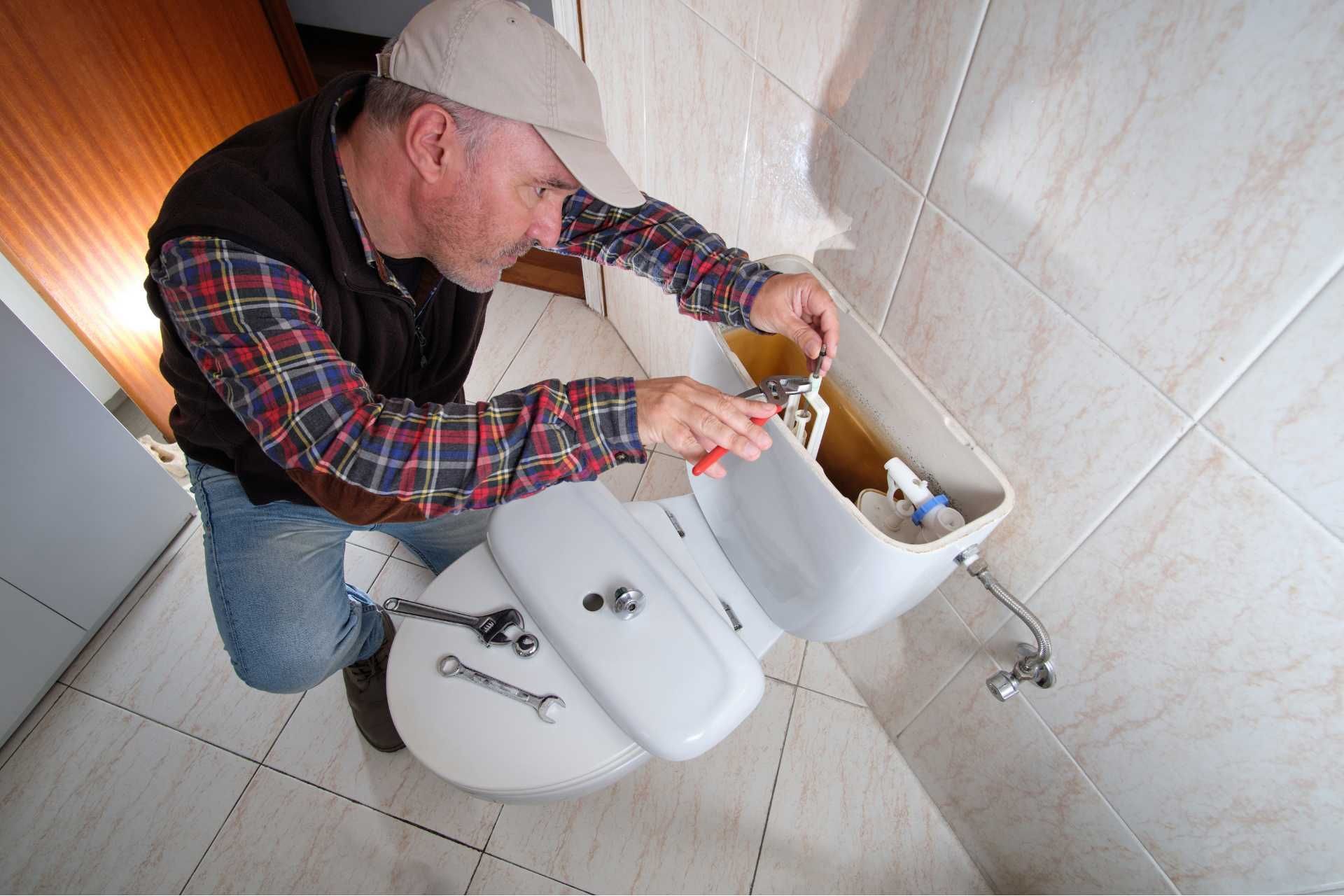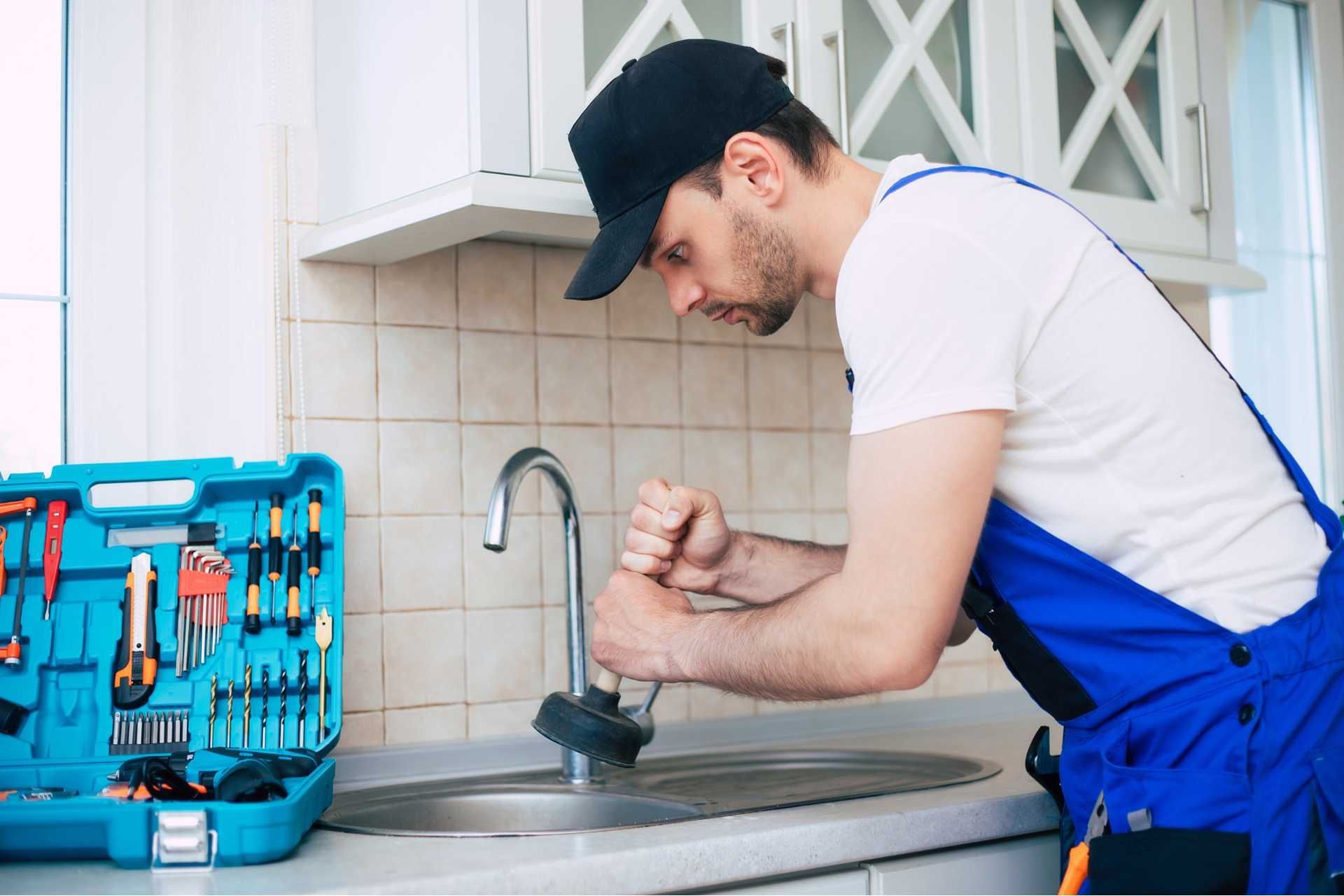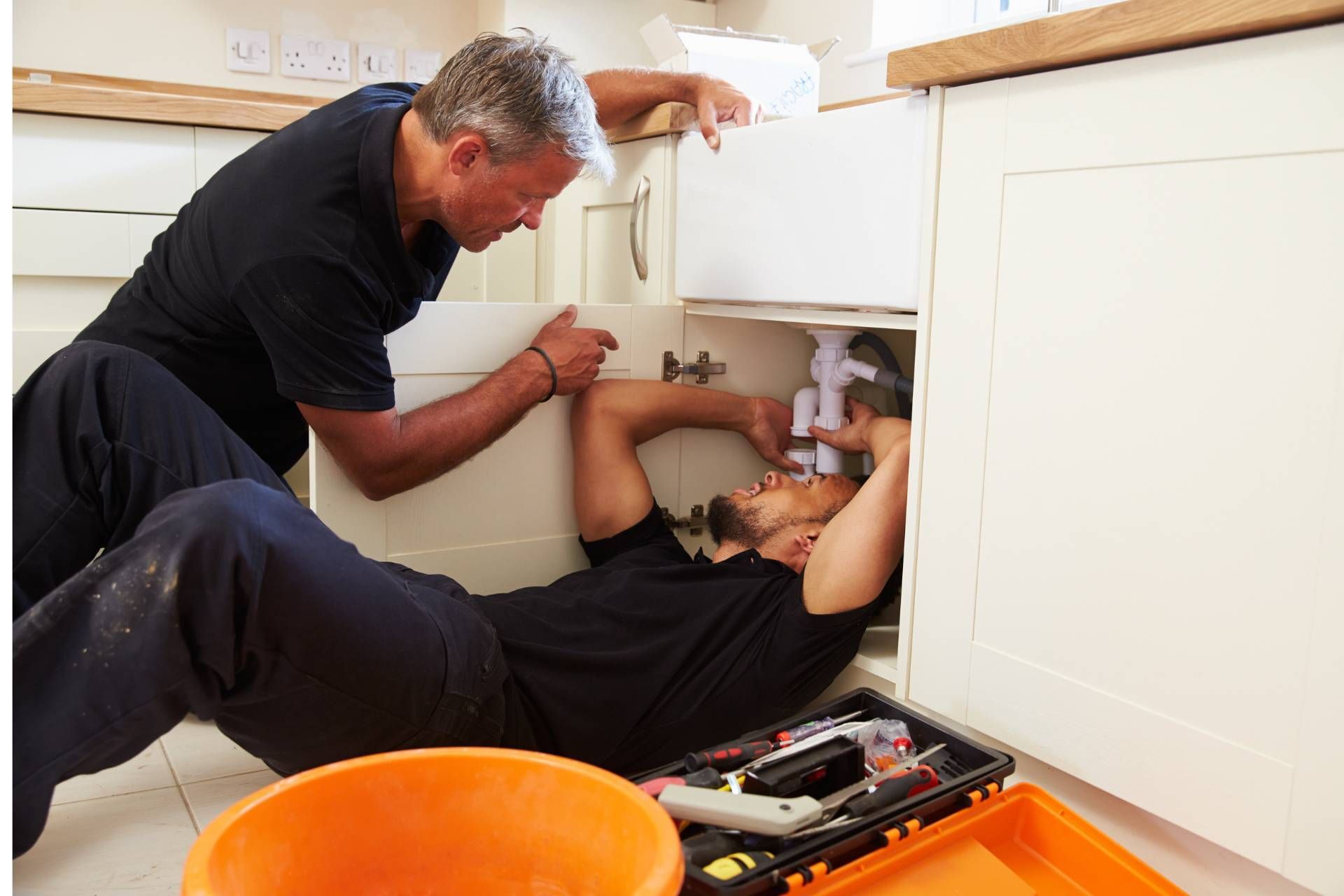Ways to Deal with Water Leaks in Ceiling
When dealing with water leaks in your ceiling, it's like navigating through a maze - tricky but manageable.
A water leak in the ceiling can be a frustrating and potentially costly problem for homeowners. Not only can it cause damage to your ceiling and walls, but it can also lead to mold growth and other health hazards if not addressed promptly. However, there are several ways to deal with water leaks in the ceiling that can help mitigate the damage and prevent further issues.
Check out some tips on how to handle a water leaks in ceiling.

Identifying the Leak Source
To identify the source of a water leak in your ceiling, begin by visually inspecting the area for any visible signs of water damage or discoloration. Leak detection is crucial in preventing further damage and addressing the issue promptly.
Look for water stains, peeling paint, or sagging drywall, as these are common indicators of a leak. Prevention strategies play a significant role in maintaining the integrity of your ceiling. Regularly inspect your roof for any missing or damaged shingles, as they can be a common entry point for water.
Ensure that your gutters are clear of debris to prevent water from backing up and seeping into your home. Additionally, check for any plumbing leaks or condensation issues that could contribute to ceiling leaks. By staying vigilant and taking proactive measures, you can minimize the risk of water leaks and preserve the condition of your ceiling.
Locating the Leak in the Ceiling
Wondering where that pesky ceiling leak is coming from? The first step in dealing with a ceiling leak is locating its source. Leak detection can be a bit tricky, but by following a few steps, you can narrow down the possibilities.
Start by inspecting your roof. Check for any missing, damaged, or displaced shingles. Look for signs of wear and tear around vents, chimneys, and skylights. Water can seep through even the smallest openings, so pay close attention to any areas that seem compromised. If your roof appears to be in good shape, consider the possibility of a plumbing issue. Leaks from pipes can also manifest as ceiling leaks, so it's essential to rule out this potential source.
If you're unable to pinpoint the leak yourself, consider calling a professional for a thorough roof inspection. They have the expertise and tools to identify the source of the leak accurately, ensuring that the necessary repairs are made promptly. Remember, the sooner you address the issue, the less damage it will cause.
Dry out the affected area
To begin, use towels, mops, or a wet/dry vacuum to remove as much standing water as possible from the affected area. Be sure to wear gloves and protective gear to prevent any potential exposure to contaminated water. If the leak is severe, you may need to contact a professional water damage restoration company to assist with the cleanup.
Next, use fans, dehumidifiers, and open windows to promote air circulation and help dry out the area. You can also use a heat source, such as a space heater, to aid in the drying process. Be sure to monitor the area regularly for any signs of mold growth or further water damage.
Repairing the Water Damage
Inspect the damaged area carefully to assess the extent of water damage before proceeding with repairs. Start by addressing any mold prevention measures to avoid further issues. Remove any water-stained or damaged materials from the ceiling. Once the damaged materials are removed, focus on ceiling restoration. Repair the affected area using appropriate materials and techniques, ensuring a seamless finish.
After addressing the structural damage, it's essential to tackle water stain removal. Use suitable cleaning solutions to eliminate any visible water stains on the ceiling. Once the stains are removed, consider painting the ceiling to restore its appearance. Choose high-quality paint and apply it using proper painting techniques to achieve a uniform finish.
Inspect for damage
To prevent future water leaks in your ceiling, it's essential to regularly inspect your roof for damage, ensure your gutters are clear of debris, and maintain your plumbing system. Additionally, consider installing a water leak detection system in your home to alert you to any potential leaks before they cause significant damage.
Call a Plumber
Calling a plumber to deal with water leaks in the ceiling can save you time and money in the long run. By addressing the issue promptly, you can prevent further damage to your home and avoid costly repairs down the road. A professional plumber can provide you with peace of mind knowing that the problem has been properly resolved and that your home is safe and secure.
Causes of Water Leaks in Ceiling
Water leaks in the ceiling can be a frustrating and potentially damaging issue for homeowners. Not only can they cause unsightly water stains and damage to your ceiling, but they can also lead to more serious problems such as mold growth and structural damage if left untreated. But what causes water leaks in the ceiling in the first place?
There are several potential causes of water leaks in the ceiling, and it's important to identify the underlying issue in order to address it effectively. Here are some common causes of water leaks in the ceiling:
- Roof leaks: One of the most common causes of water leaks in the ceiling is a leaky roof. Roof leaks can occur due to damaged or missing shingles, deteriorated flashing, clogged gutters, or improper installation of flashing or sealants. When water seeps through the roof, it can make its way into the ceiling, causing water stains and damage.
- Plumbing leaks: Another common cause of water leaks in the ceiling is a plumbing leak. This can occur when there is a leak in a pipe running through the ceiling or if a pipe bursts or leaks in the ceiling itself. Plumbing leaks can be especially problematic because they can cause significant water damage if left unchecked.
- Condensation: In some cases, water leaks in the ceiling can be caused by condensation. This can happen when warm, moist air in the home comes into contact with a cold surface, such as a ceiling or wall. The condensation can accumulate and eventually lead to water stains and damage.
- HVAC leaks: Leaks from your HVAC system can also cause water leaks in the ceiling. This can happen if there is a leak in the air conditioning unit or if the condensate drain line becomes clogged or damaged. HVAC leaks can lead to water damage in the ceiling and potentially mold growth if not addressed promptly.
- Window leaks: If your windows are not properly sealed or if there is damage to the window frame or sill, water can seep in during heavy rain or snowfall and lead to water leaks in the ceiling. It's important to inspect your windows regularly and address any issues to prevent water leaks.
Address: 3215 Dix Hwy, Lincoln Park, MI 48146 | Phone: 1-877-783-TRUE (8783)
Copyright © 2023 Tru-Flo Plumbing, All Rights Reserved
